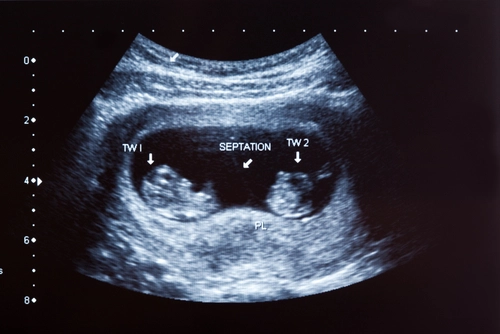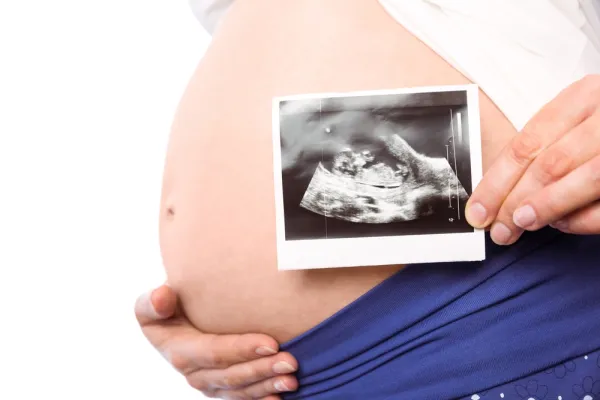Ob-Gyn Coding Alert
Adopt These Flu Vaccine, FNA, and Interprofessional Services Updates Before Jan. 1

You escaped major changes but missing subtle ones could still undermine your claim. You can breathe a sigh of relief. While you had numerous ICD-10-CM ob-gyn codes to learn, you won’t have as burdensome a task digging into what’s new for CPT® 2019. Here’s the smattering of tweaks you need to apply to your claims starting January 1, 2019. Learn the AMA’s Process for Determining Revisions, Deletions, and Additions Sometimes, it feels like coding changes to the CPT® manual seemingly come at random. However, the AMA actually has a precise formula in place to help make these determinations. “Each year the AMA’s Relativity Assessment Workgroup evaluates potential mis-valued codes to determine whether two codes are performed together at least 75 percent of the time,” says Amanda Corney, MBA, medical billing operations manager for Medical Resources Management in Rochester, New York. “If two codes are typically performed in conjunction with one another, a single combination code that more accurately depicts the services may be created,” Corney explains. In other words, the AMA identifies code pairs that providers of a given specialty perform together 75 percent of the time or more. In these instances, the AMA may suggest that CPT® bundle these procedures into one combination code. Prepare for New Flu Vaccine CPT® Code As usual, you have a new flu vaccine code to learn, and that’s 90689 (Influenza virus vaccine, quadrivalent (IIV4), inactivated, adjuvanted, preservative free, 0.25 mL dosage, for intramuscular use). Important: “This new code can be used right now, instead of waiting for January 1, but be aware that some payers may not have updated their coding systems for this new code yet,” says Melanie Witt, RN, MA, an independent ob-gyn coding consultant in Guadalupita, New Mexico. “If that is the case, the older code (90630, Influenza virus vaccine, quadrivalent (IIV4), split virus, preservative free, for intradermal use) may be your only close choice as it does not specify the dosage.” Prep for 9 New FNA Bundled Codes One of the most important incoming shifts will be to the current set of fine needle aspiration (FNA) codes, so if your ob-gyn performs these integumentary codes, you’ll want to pay special attention to this. Revision/deletion: First, check out the revision to 10021 (Fine needle aspiration biopsy, without imaging guidance; New codes: You’ll have nine new FNA bundled codes, which are: So, instead of reporting 10022 with 76942 (Ultrasonic guidance for needle placement (eg, biopsy, aspiration, injection, localization device), imaging supervision and interpretation) for US-guided FNA procedures, you will opt for 10005 for the first lesion and +10006 for each additional lesion. Interprofessional Services Get Revisions, New Codes You’ll have some changes to interprofessional telephone/Internet services. Revisions: The revisions focus mainly on the inclusion of “electronic health record” into the descriptor. Those codes are as follows (emphasis added): New codes: Meanwhile, you’ll add the following two codes focusing only on a written report and referral service: “It remains to be seen if payers will reimburse for these services as generally a face-to-face encounter is usually required, however, some specialties might in fact benefit. For instance, the patient’s ob-gyn may have to consult with the patient’s oncologist or vice versa, to ensure that the correct treatment is ensured for a concomitant problem. If the payer currently does not reimburse for interprofessional services, it is probably an indication that they will also not pay for these two new services,” Witt says.without imaging guidance first lesion) (emphasis added). Meanwhile, you should delete 10022 (Final needle aspiration; with imaging guidance). These changes reflect the new codes from which you can choose.
Related Articles
Ob-Gyn Coding Alert
- CPT® 2019:
Adopt These Flu Vaccine, FNA, and Interprofessional Services Updates Before Jan. 1
You escaped major changes but missing subtle ones could still undermine your claim. You can [...] - Gynecology:
3 Scenarios and Solutions Will Boost Your Biopsy Coding Accuracy
Don’t assume the number of samples equals the number of biopsy units. Are you sure [...] - E/M:
Get Back to Basics With This Refresher on Consultation Coding
The words ‘transfer’ or ‘referral’ can be your key to success. In the midst of [...] - You Be the Coder:
Pick Apart How to Code Pop-Q Exam
Question: During an audit review, we had a physician mention other practices were getting a [...] - Reader Question:
Here's Why N78.8 is the Old Dx for Couple's Infertility Diagnosis
Question: What diagnosis code should I use for an office visit where a patient and [...] - Reader Question:
Check CCI Edits For Paratubal Cyst Aspirations
Question: The physician performed a left salpingo-oophorectomy with drainage of right paratubal cyst and lysis [...] - Reader Question:
Follow the OB Drug Screening Rules of the Road
Question: Our providers are now performing a qualitative drug screen in our office on all [...] - Reader Question:
Ultrasounds Do Not Equal "Incident-To"
Question: If our patient sees the nurse practitioner and undergoes an ultrasound that day, does [...] - Reader Question:
Patient Death Doesn't Mean HIPAA Agreement Dies, Too
Question: What does HIPAA say about maintaining patients’ private health information after they die? California [...] - Reader Question:
Compare RVUs for C-Sections Versus Vaginal Deliveries
Question: I have a quick question about reimbursements from carriers. I was under the impression [...]




